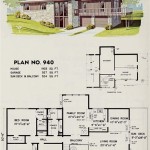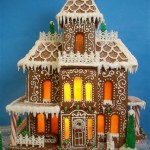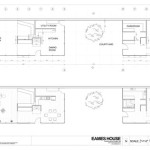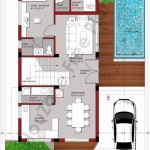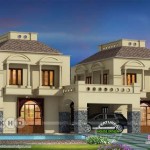Delving into the Intricacies of Straw Bale House Plans
Straw bale homes have garnered immense popularity in recent times as sustainable and cost-effective alternatives to conventional housing. If you're contemplating constructing a straw bale house, meticulous planning is crucial. Let's delve into the essential aspects of straw bale house plans to guide you towards a successful project.
Material Considerations
Straw bales, the primary building material, should adhere to specific specifications. Standard-sized bales (24" x 14" x 48") are commonly used and must be tightly packed and free of mold or moisture. Straw quality plays a significant role in the durability and insulation value of your home.
Engineering and Design
Structural engineering is paramount in designing a straw bale house. The foundation must be sturdy and capable of supporting the weight of straw bales. Load-bearing walls, composed of straw bales plastered with a mortar mix, provide structural stability. Careful attention must be given to wind loads, especially in hurricane-prone areas.
Plastering Techniques
Plastering the straw bales is a critical step that protects them from elements and adds aesthetic appeal. Lime-based plasters, known for their breathability and resistance to cracking, are preferred for straw bale homes. Applying multiple layers of plaster, with reinforcement mesh embedded in between, ensures durability.
Insulation and Thermal Performance
Straw bales possess excellent insulation properties, contributing to energy efficiency. They provide a high R-value, which measures the resistance to heat flow. Additional insulation measures, such as cellulose or rigid foam board, can further enhance thermal performance.
Fire Resistance
Fire safety is a paramount concern in any building design. Straw bale homes can be built to meet fire safety codes by using straw bales treated with fire retardants. Plastering also provides an added layer of protection by creating a fire-resistant barrier.
Roofing and Drainage
The roof of a straw bale house must be designed to shed water effectively. Metal roofing or other durable materials are commonly used to prevent moisture penetration. Proper drainage systems, including gutters and downspouts, are essential to direct rainwater away from the walls.
Interior Features
Straw bale houses offer unique interior design possibilities. Straw bales can be left exposed in certain areas, creating an organic and rustic aesthetic. Wall niches, shelves, and alcoves can be incorporated into the design to maximize space and add visual interest.
Environmental Benefits
Straw bale construction boasts significant environmental advantages. Straw is a renewable resource, and using it reduces the carbon footprint of the building. Additionally, straw bales have insulating properties that minimize energy consumption, contributing to a more sustainable home.
Cost Considerations
The cost of building a straw bale house varies depending on factors such as materials, labor costs, and the size of the home. However, straw bales are generally more affordable than conventional building materials, resulting in potential cost savings.
Conclusion
Creating a well-conceived straw bale house plan is imperative for a successful construction project. By incorporating the aforementioned aspects, you can design a durable, environmentally conscious, and aesthetically pleasing home that meets your specific needs. Remember to engage with experienced professionals, such as structural engineers and builders specializing in straw bale construction, to ensure the highest quality and safety.

Straw Bale House Plans For A Country Style 3 Bedroom Home

Plans For Organicforms Design

Free Open Source Strawbale House Design Natural Building Blog

Straw Bale House Plans Small 4 Bedroom W Unique Features

The Case For Straw Bale Houses Fine Homebuilding

Designing And Self Building An Affordable Straw Bale House Planning Help

Pin On Straw Bale House Loft Railing Via

The Cascade Cottage Organicforms Design

Straw Bale House Plans With 1 Level 2 Separated Bedrooms

Scl Straw Bale House Jimmi Pianezzola Architetto Archdaily

